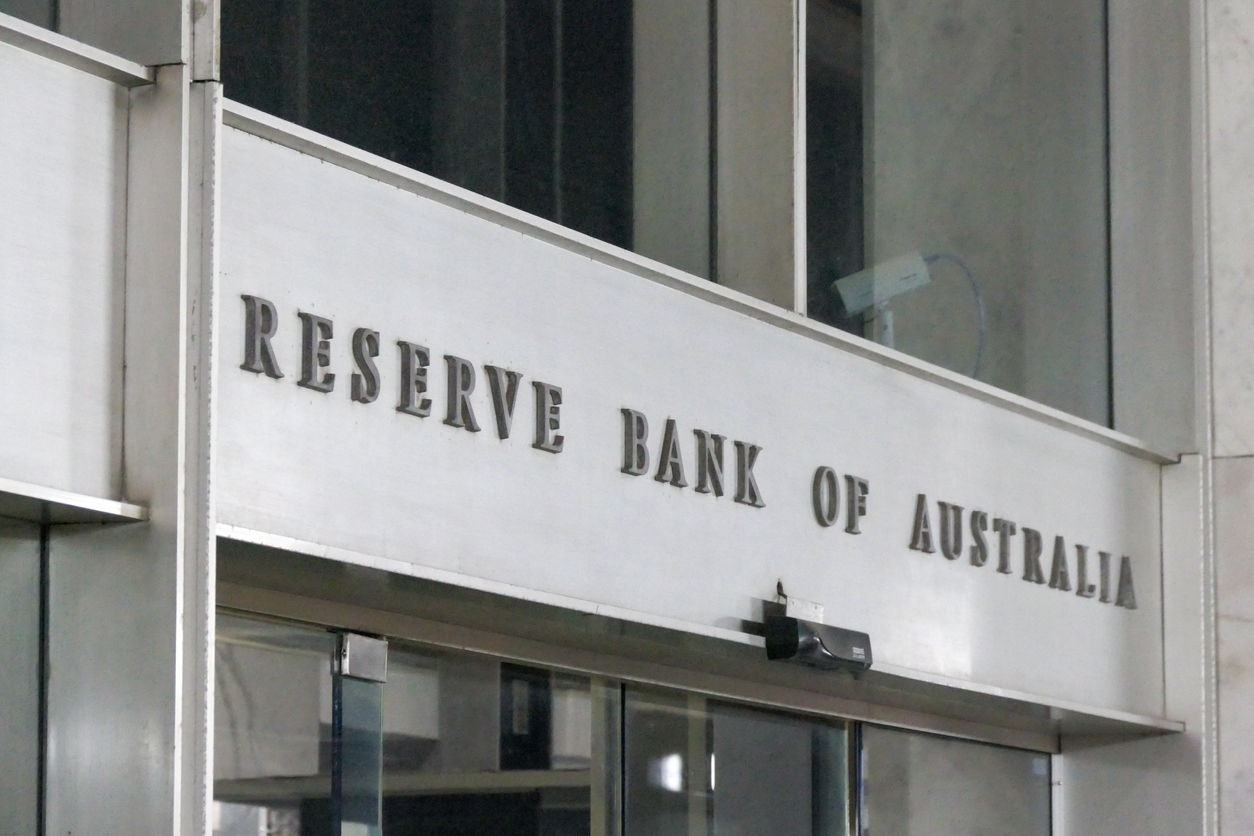RBA Cuts Rates as Labour Market Signals Economic Shift
The Reserve Bank of Australia implements a 25-basis-point rate cut amid shifting labour market conditions, marking a significant turn in monetary policy as inflation concerns stabilize.

Reserve Bank of Australia headquarters in Sydney as monetary policy board announces latest rate decision
RBA Takes Decisive Action on Interest Rates
The Reserve Bank of Australia (RBA) has unanimously decided to implement a 25-basis-point rate cut, marking a cumulative 75-basis-point reduction since February. This latest monetary policy adjustment reflects the RBA's strategic approach to managing inflation while maintaining economic stability.
Labour Market Developments Take Center Stage
With inflation showing signs of stabilization, the focus has shifted to labour market trends. July's employment data revealed a modest gain of 24,500 jobs, barely offsetting two months of stagnant job growth. The unemployment rate has notably crossed above the 4% threshold, with youth unemployment showing particular sensitivity to economic changes.
Wage Growth and Business Outlook
The Q2 Wage Price Index registered a 0.8% increase (3.4% annually), aligning with both market consensus and RBA forecasts. This moderate wage growth suggests reduced inflationary pressures, similar to trends observed in broader economic indicators across the Indo-Pacific region.
International Economic Context
The global economic landscape continues to evolve, with significant developments in US-China trade relations and varying inflation patterns worldwide. China's consumer inflation remains flat, while the US shows signs of persistent price pressures, particularly in services.
Future Outlook and Market Implications
The RBA's forecast suggests underlying inflation will hold at 2.6% annually for the next two years before declining to 2.5% in December 2027. This outlook, combined with other economic indicators affecting Australian markets, points to a measured approach to future policy adjustments.
Jack Thompson
Reporter based in Sydney, Jack covers climate issues, migration policies, and Australia's Indo-Pacific strategy.
